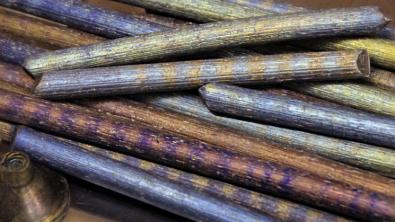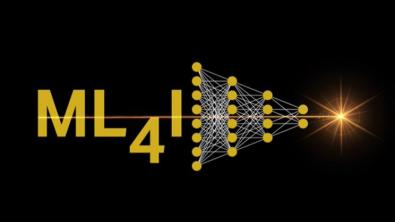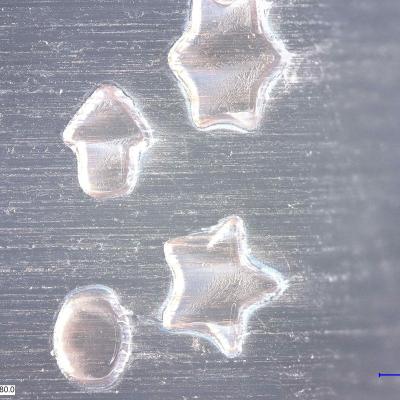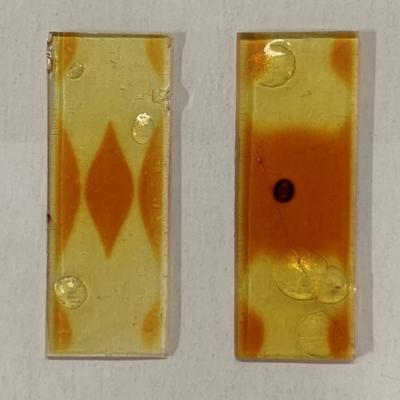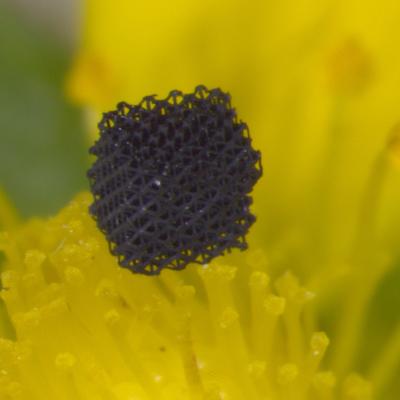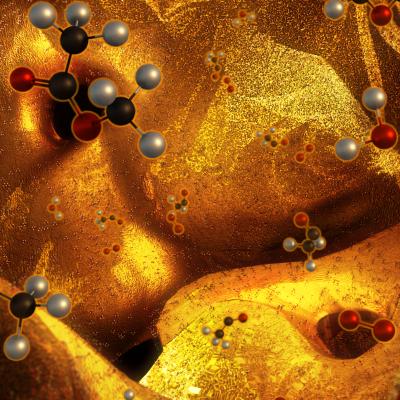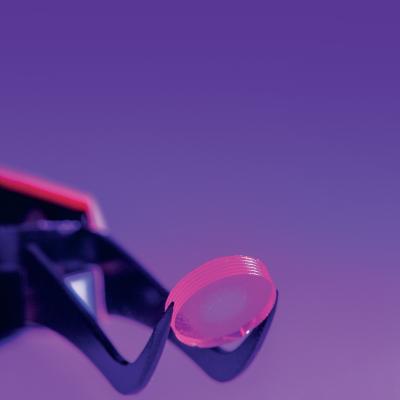Lawrence Livermore National Laboratory is a leading new chemicals and materials creation with a broad array of applications including batteries, catalysts for clean technology, ceramics, composites, additives and more. The Lab’s unique Advanced Manufacturing capabilities go hand in hand with the creation of novel methods to create new concepts altogether.
Portfolio News and Multimedia
LLNL, Penn State, Columbia University, Tufts University, University of Kentucky, Purdue University and industry partner Western Rare Earths will use microbial and biomolecular engineering to develop a scalable bio-based separation and purification strategy for rare-earth elements
A trio of LLNL scientists have been inducted into the laboratory's Entrepreneur's Hall of Fame. Each developed technologies during or after their Lab careers that created major economic impacts or spawned new companies.
LLNL held its first-ever Machine Learning for Industry Forum on August 10-12. Co-hosted by the Lab’s High Performance Computing Innovation Center and Data Science Institute, the virtual event brought together more than 500 participants from the Department of Energy complex, commercial companies, professional societies and academia.

